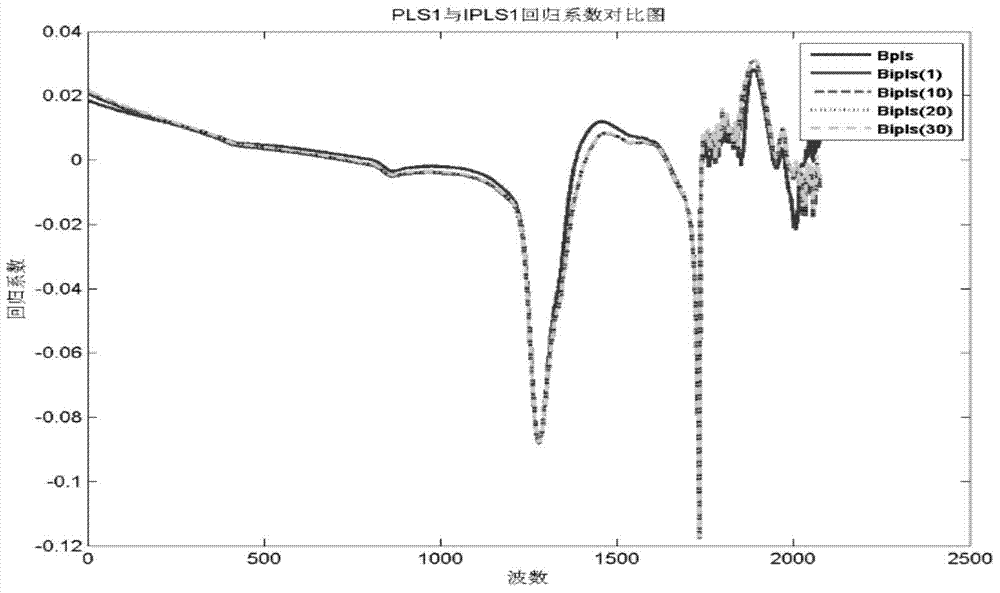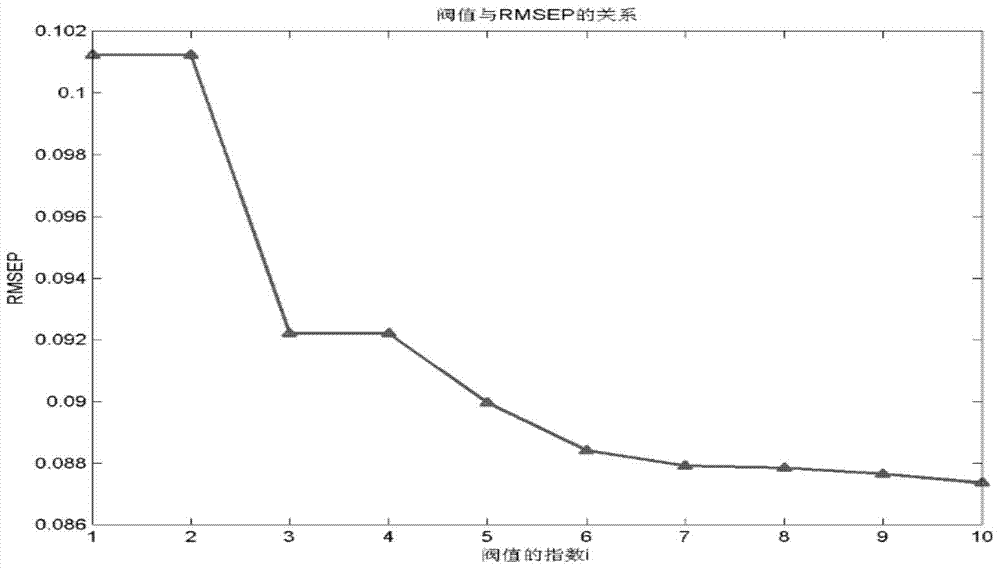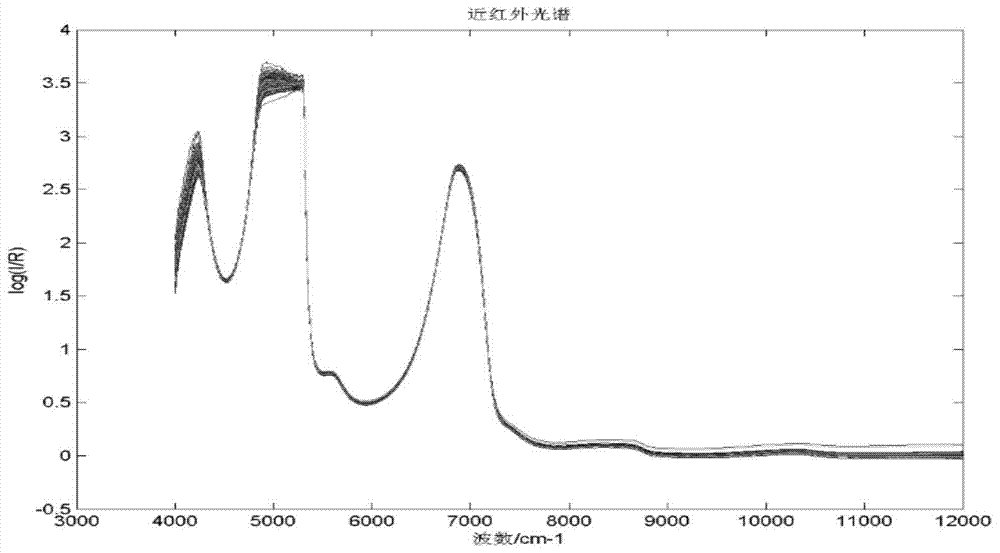Determination Method of Sample Components Based on Incremental Partial Least Squares Method
A partial least squares method and partial least squares technology, applied in measuring devices, material analysis through optical means, instruments, etc., can solve the problems of low modeling efficiency, long training time, large space consumption, etc., and achieve prediction error Small size, more modeling time, time and space saving effect
- Summary
- Abstract
- Description
- Claims
- Application Information
AI Technical Summary
Problems solved by technology
Method used
Image
Examples
experiment example 1
[0150] Experimental Example 1: Determination of Compound Chinese Medicines Containing Paeoniflorin
[0151] 1. Purpose of the experiment
[0152] (1) In the decoction of traditional Chinese medicine, a reasonable time can be determined to obtain the original drug with the concentration of paeoniflorin meeting the requirements;
[0153] (2) To verify whether incremental partial least squares (IPLS) is more effective in processing incremental data than traditional partial least squares (PLS).
[0154] 2. Sample prescription and process:
[0155] [Prescription] Bupleurum 180g Yanhusuo (burned) 200g White peony root 240g Roasted licorice 100g
[0156] [Preparation method] The above four flavors are added with water and decocted twice, the first time is 8 times the amount, decocted for 2 hours, and the second time is 6 times the amount and decocted for 1 hour.
[0157] 1. Experiment preparation and sampling rules:
[0158] (1) The experimental equipment and medicinal materials ...
experiment example 2
[0254] Experimental example 2: The effectiveness of the method of the present invention is verified by simulation experiments of grain, soil and grass sample data sets
[0255] 1. Experimental data source
[0256] The grain dataset is provided by Eigenvector Research. The data contains the NIR spectra of 80 grain samples and the corresponding material content (moisture, oil, protein and starch). The spectral collection range is 1100-2498nm, and the collection interval is 2nm.
[0257] In the experiments, the dataset is divided into 60 training samples and 20 testing samples using the Kennard-Stone (KS) method. The training set also uses KS to extract 30 as the initial training set of IPLS1, and 30 as its incremental training set.
[0258] The soil dataset is the absorbance of the organic matter content in the soil sample. Soil samples were obtained from a long-term field experiment in the city of Abisko in northern Sweden. The data contains 108 soil samples, the spectral ...
PUM
 Login to View More
Login to View More Abstract
Description
Claims
Application Information
 Login to View More
Login to View More - R&D
- Intellectual Property
- Life Sciences
- Materials
- Tech Scout
- Unparalleled Data Quality
- Higher Quality Content
- 60% Fewer Hallucinations
Browse by: Latest US Patents, China's latest patents, Technical Efficacy Thesaurus, Application Domain, Technology Topic, Popular Technical Reports.
© 2025 PatSnap. All rights reserved.Legal|Privacy policy|Modern Slavery Act Transparency Statement|Sitemap|About US| Contact US: help@patsnap.com



